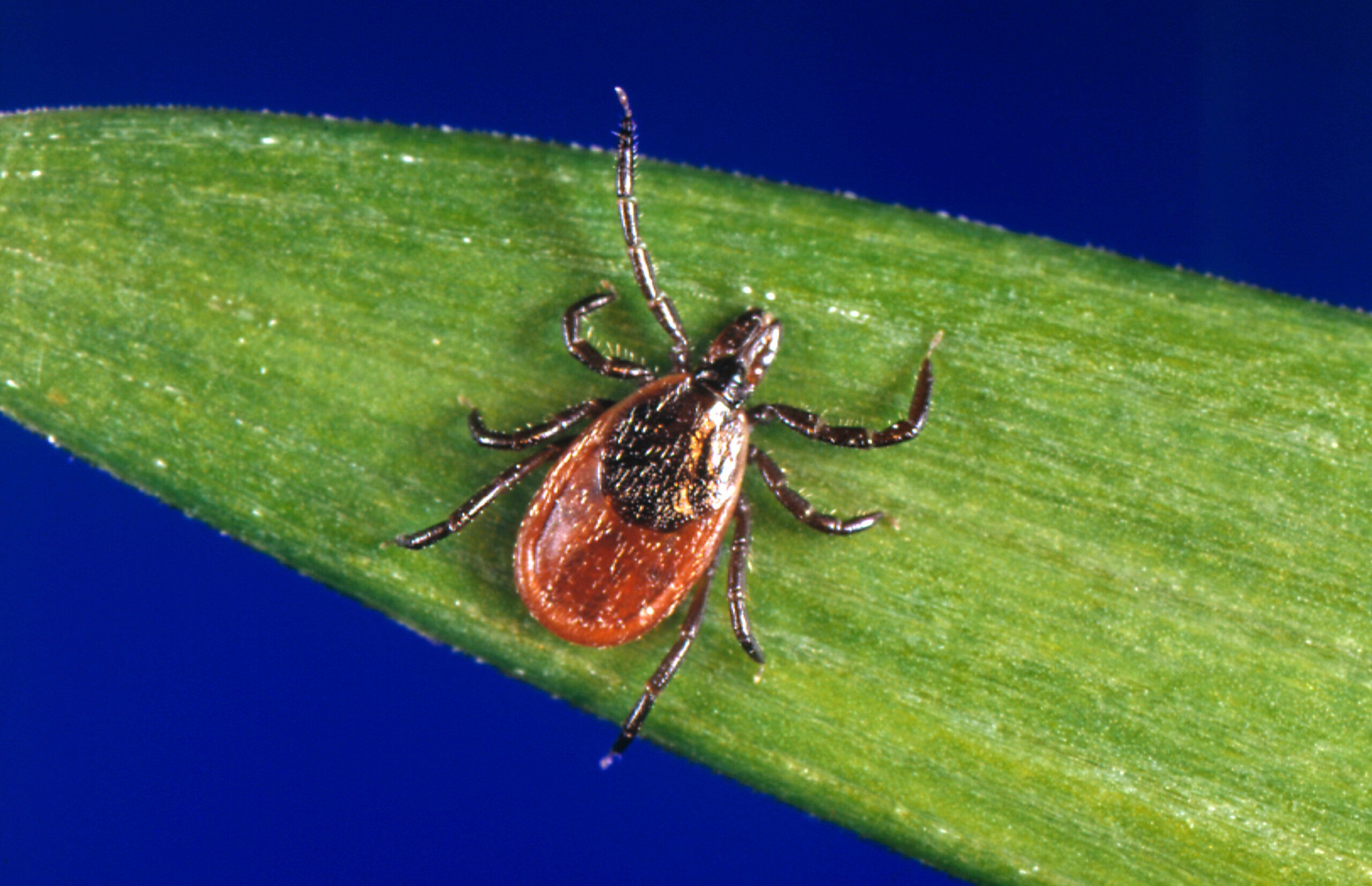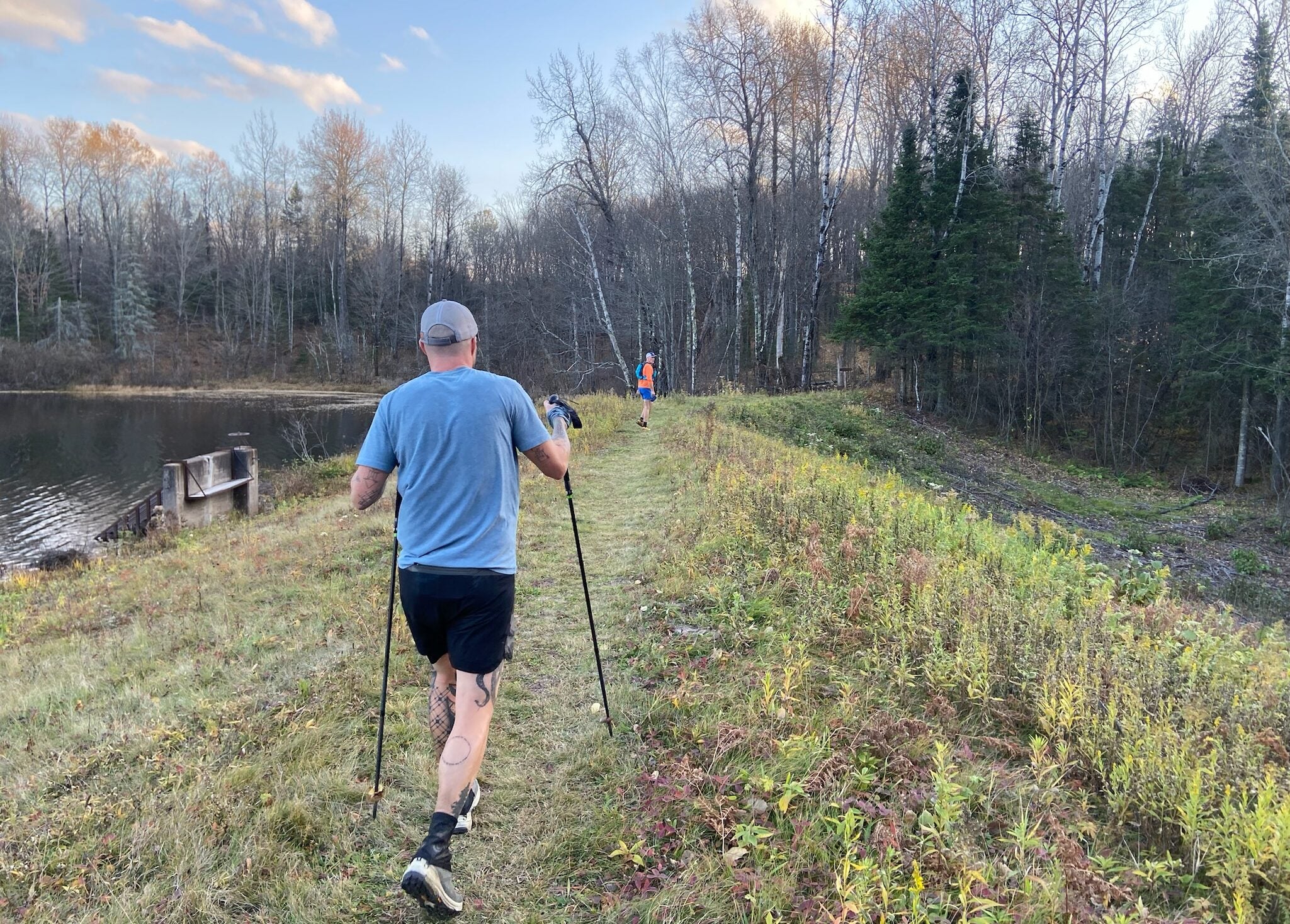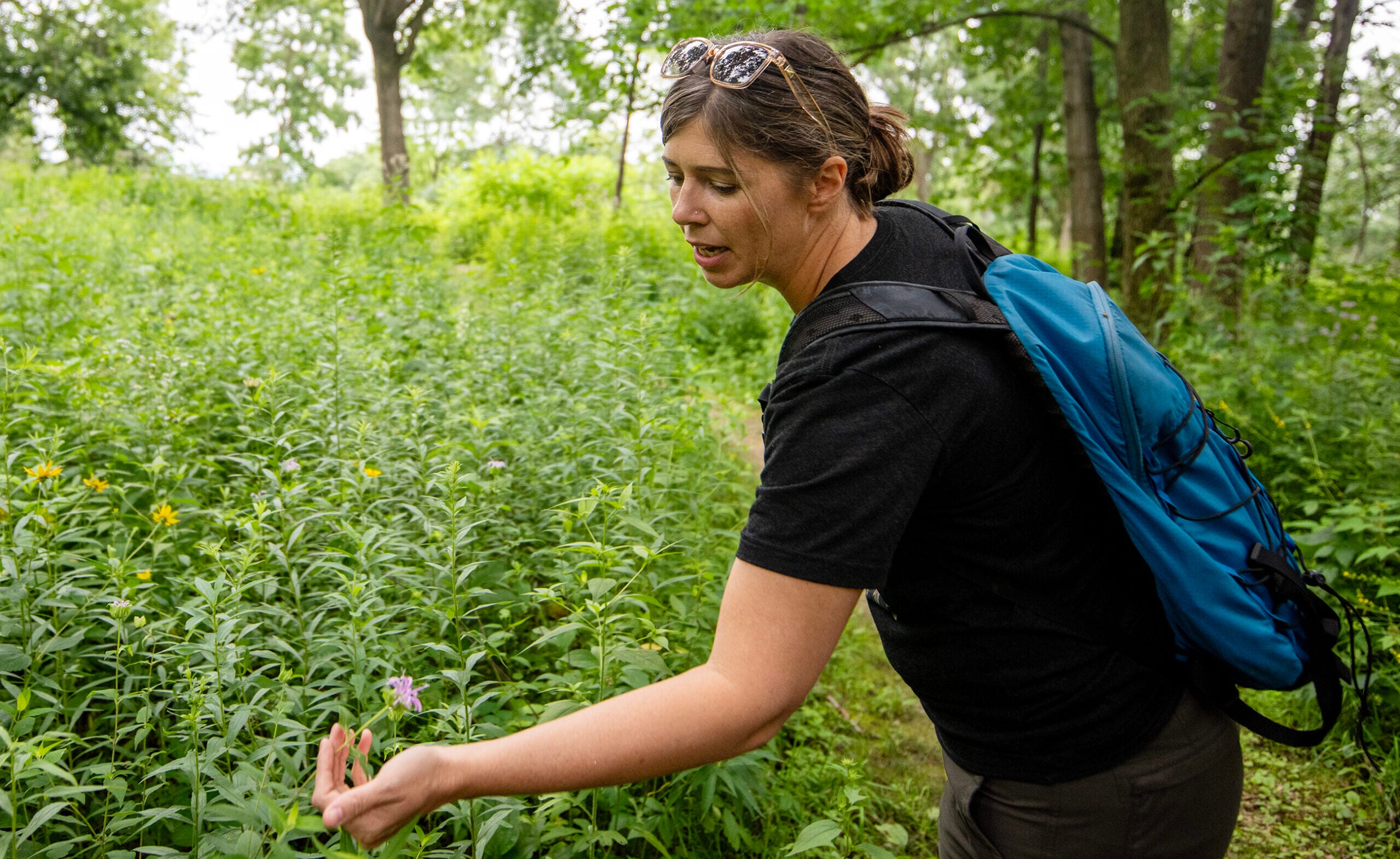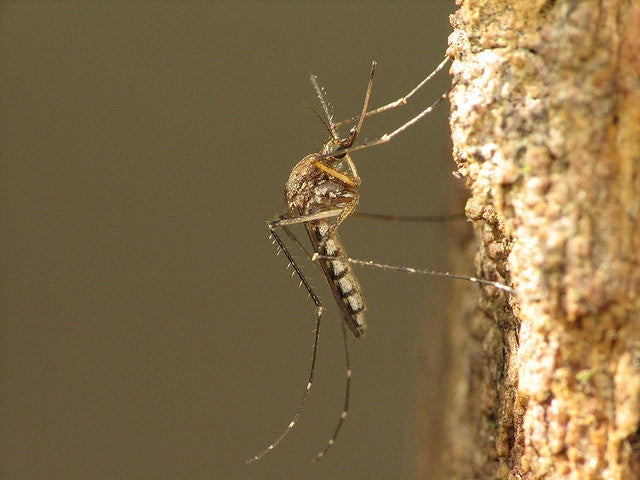Early data from the Wisconsin Department of Health Services shows a slight increase in tick activity compared to the past few years.
The department collects and tracks tick populations outdoors each spring, along with tick bite-related emergency department visits.
“Those two things combined are right now signaling that tick activity is a little bit higher than it was in previous years,” said Rebecca Osborn, a vectorborne disease epidemiologist with the department. “We’re going to continue to monitor that as the season goes on.”
News with a little more humanity
WPR’s “Wisconsin Today” newsletter keeps you connected to the state you love without feeling overwhelmed. No paywall. No agenda. No corporate filter.
Recent years have also been high, Osborn added.
“Unfortunately, our state is just one where the tick population is booming and every year is a bad year,” Osborn said.
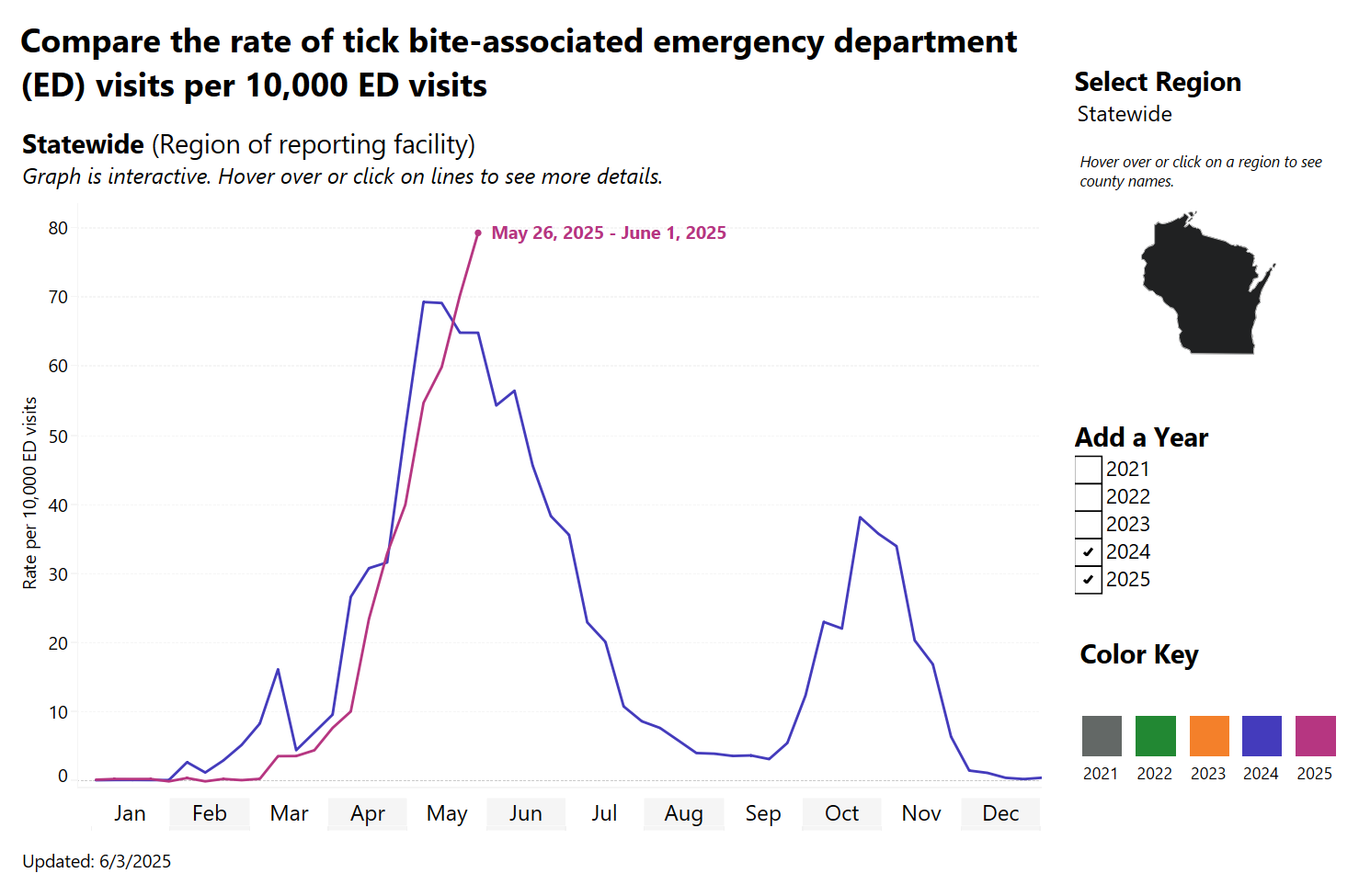
Over the past 30 years, deer ticks — the blacklegged tick species that carries Lyme disease — have spread throughout the state.
“Anyone, unfortunately, in the state, can be at risk for a tick bite from a tick that can spread disease,” Osborn said. “But we see a lot more cases of Lyme disease and other tick borne illnesses in the northern parts of the state.”
Reported cases of Lyme disease have risen over time across the nation and in Wisconsin. The state had 6,379 cases in 2023, according to DHS data.
There are a few reasons for the increase, including improved reporting, an expanding tick population and more people recreating in tick habitat, Osborn said.
It’s important to be aware of other tick-borne illnesses as well, she added. The department hears of over 1,000 cases in Wisconsin each year.
“If you feel like you’ve gotten sick from a tick bite…and it’s during this time of year when you could be in contact with a tick, it’s really good to talk to your health care provider,” she said.
Advice for hikers
Meanwhile, some longtime hikers said, anecdotally, they’ve noticed a milder tick year.
Melissa Pierick is the director of marketing and community relations for the Ice Age Trail Alliance nonprofit.
“You’re gonna encounter ticks,” Pierick said. “It’s not fun, but it’s also not something that should scare you off from hitting the trail during the summer.”
She said on the trail’s social media pages, some hikers have reported many ticks this season, while other seasoned hikers have remarked they are not bad.
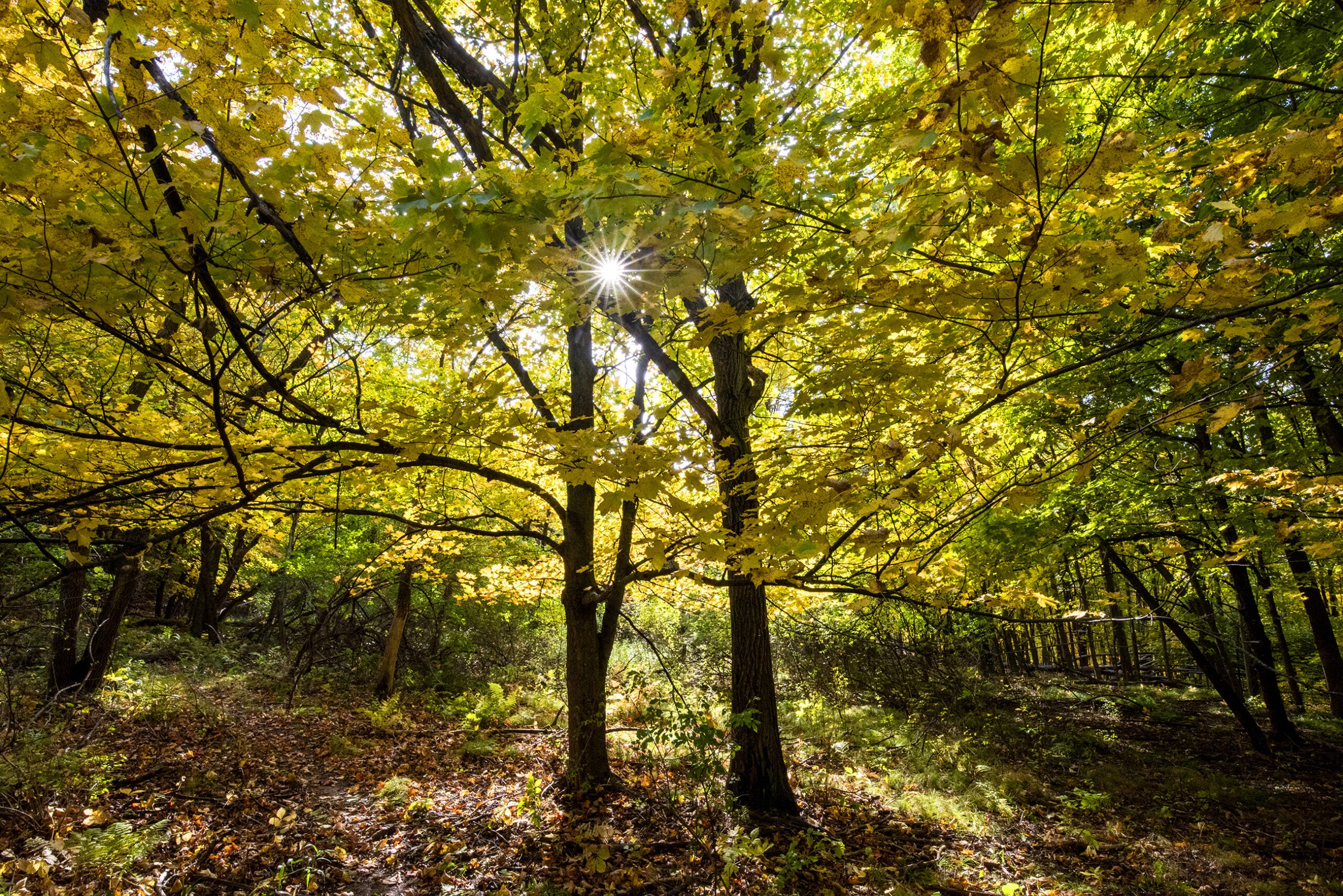
She recommends hikers wear long pants, long sleeves and hats to prevent bites.
“Thru-hikers that come from other trails will say we don’t have the challenge of having to scale mountains or really rocky segments. But one of our challenges is ticks, ticks and humidity,” Pierick said.
Prevention tips
It’s the time of year when the juvenile, smaller ticks come out, DHS’ Osborn said. The so-called nymphs can be harder to find, meaning they could stay attached to a person long before they are found, with more time to transmit disease.
“It can take at least about 24 hours of a tick attachment for that transmission to occur,” she said. “And the longer the tick stays attached, the more likely any germ is going to be transmitted to that person.”
Finding and removing ticks is key to preventing disease, Osborn said. People should also shower and perform tick checks after recreating outdoors, she added.
Ways to prevent bites include wearing bug repellent, such as DEET or picaridin, and treating clothes with permethrin.
Pets can also bring ticks inside, so it’s important to check them and speak to a veterinarian about tick prevention methods, Osborn said.
Wisconsin Public Radio, © Copyright 2026, Board of Regents of the University of Wisconsin System and Wisconsin Educational Communications Board.

